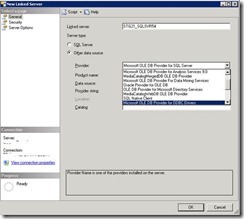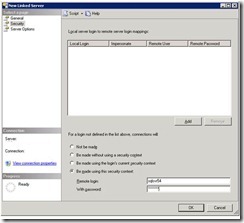In situation, where SQL Server instance running on a node is restarted usually after Windows Operating System patching or for some other reason, there may be need to find to which node the SQL Server instance was running on before.
Here is the solution for this;
By default whenever SQL Server instance restarted on Clustered Environment, on SQL Server Error Log it will post the message below;
| The NETBIOS name of the local node that is running the server is 'ClusterNode1'. |
So, making use of the xp_ReadErrorLog we can query the ErrorLog and find the details.
| -- To know the list available Error log files exec xp_enumerrorlogs 1 -- Search the available error log files exec xp_ReadErrorLog 0, 1 , 'NETBIOS name of the local node' exec xp_ReadErrorLog 1, 1 , 'NETBIOS name of the local node' exec xp_ReadErrorLog 2, 1 , 'NETBIOS name of the local node' exec xp_ReadErrorLog 3, 1 , 'NETBIOS name of the local node' exec xp_ReadErrorLog 4, 1 , 'NETBIOS name of the local node' exec xp_ReadErrorLog 5, 1 , 'NETBIOS name of the local node' |












